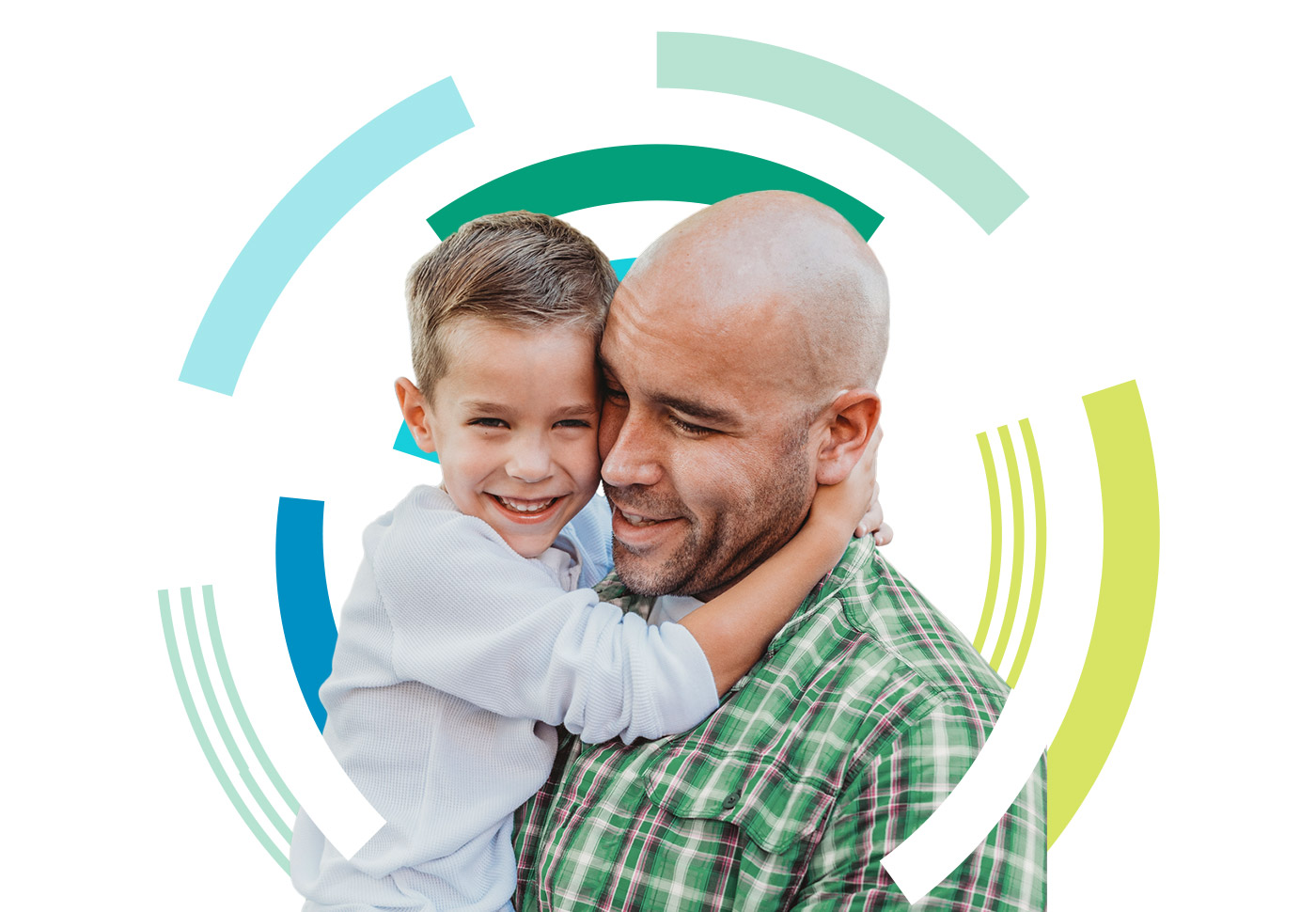
Counselor's Corner
Updates from Ms. Lantaff (last updated 12/5/2022)
What's going on in Guidance Class?
3rd Grade
Third grade is beginning a unit on friendship & communication.
This week, we are practicing some exercises on connecting with others. One way a friendship can start is by finding something in common with another person. 3rd grade students practiced making connections with one another by finding things they have in common through a series of games.
It was so fun to learn more about each other and see how surprised students were to learn the things they have in common with their classmates!
Why is this important? Teaching the foundations of how to introduce themselves and make a personal connection is a great way to support students' social wellbeing. Students can use these skills on the playground, in the classroom, and within their community.
Connect with your student: Guiding questions for meaningful discussion:
- What makes a good friend?
- Why are good speaking and listening skills important for healthy friendships?
- How would you introduce yourself to someone new?
4th Grade
This week we are learning about healthy v.s unhealthy friendship qualities. Healthy friendships are friendships that make us feel good about ourselves, make us feel happy, and encourage us to make good choices and achieve our goals. Unhealthy friendships do not make us feel good or happy and/or prevent us from reaching our goals.
We learned about some healthy friendship qualities, what they mean, and when we might show them including:
- fun
- trustworthiness
- respect
- patience
- caring
- encouragement
- honesty
Why is this important? Learning the qualities that make a good friend helps students to choose good friends for themselves as well as be a better friend to others. Students can use these skills on the playground, in the classroom, and within their community.
Connect with your student: Guiding questions for meaningful discussion:
- What qualities are most important for a friend to have?
- Why are good speaking and listening skills important for healthy friendships?
- How are you a good friend to others?
5th Grade
This week, we are focusing specifically on consequences. We make dozens of decisions each day including what to wear, what to eat, what to say, how to behave, etc. Some decisions, however, are different than others. Some decisions have larger consequences. Consequences can be either positive or negative - good decisions tend to have positive consequences, and bad decisions tend to have negative consequences.
Why is this important? Learning to make effective rather than impulsive decisions helps students to reach their goals and helps them see greater success in multiples aspects of their lives.
Connect with your student: Help your child process making a decision by asking: What is your desired outcome? What are your choices? What are the positive and negative consequences of each choice?
Monthly Highlight - December
Screen Time
1. Be a Good "Screen Time" Role Model
Even when we think they are not, the kids are watching us and learning from our behaviors. You can set a good example for your child and improve your own relationship with your devices by setting boundaries around your own technology use. Modeling appropriate tech boundaries will help your child do the same! Here are some tips:
- Schedule "screen free" periods of time for your family (ex. during meals, 1 hour before bedtime, 30 minutes after school, etc.)
- Model when it is appropriate to use devices and when it is not. (ex. while talking in conversation with someone, while driving, at the dinner table, etc.)
- Set a screen time limit for yourself - this will make it easier when you set a screen time limit for your child. You can work together as a family to meet your screen time goals.
2. Use Screen Time to Your Advantage - Incentivize
You can use the motto "screen time is a privilege, not a right". Many children are motivated by getting time to watch tv, play video games, and watch videos online. You can use this to your advantage to promote the positive behaviors you would like to see at home. For example, children can earn their screen time only after completing their after school checklist. Or, they can earn a certain amount of screen time for completing a set of chores. See photos below for some ideas.
3. "Level Up" your Child's Screen Time
When your child is having screen time, you can enhance the quality of content that they are consuming.
- Make sure you know what your child is watching. Common Sense Media is a great resource for getting information about what your child is doing online.
- Make screen time family time - watch something together or play an online or video game as a family
- Use tech time to connect with your child - ask them what they are playing and/or watching and help them to draw real-world connections.
- Try to increase the quality of your child's screen time. Not all games and programs will be educational, but time spent on technology can help children develop and learn more about their skills and interests.
Check out the following articles and resources of interest:
Common Sense Media - Common Sense Media has all kinds of great articles - as simple as "How do I Lock Down my Kid's IPad" to "Parent's Ultimate Guide to Fortnite".
How to Set Limits on Screen Time ChildMind Institute - this is specifically helpful to "reset" screen time boundaries after the pandemic.
How Much Screen Time is OK for My Kid(s) (Common Sense Media)
Helpful Web Resources
These sites can help you find information to support your child's academic, social/emotional, and physical wellbeing.
Connect with the Counselor
Email: klantaff@camphillsd.k12.pa.us
Website: https://www.camphillsd.k12.pa.us/Page/2229
Location: 340 North 21st Street, Camp Hill, PA, USA
Phone: 717-901-2600










